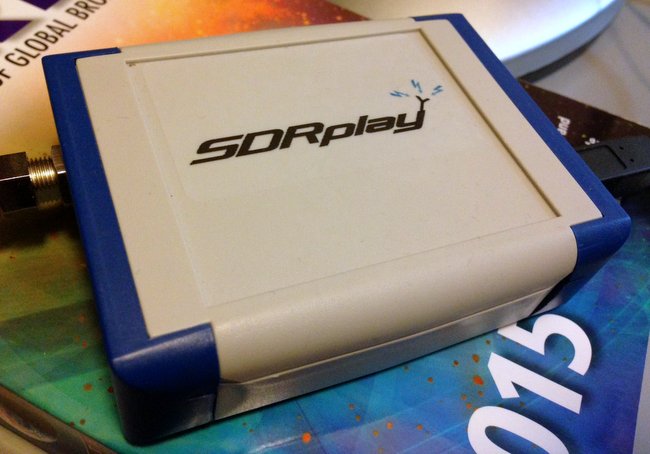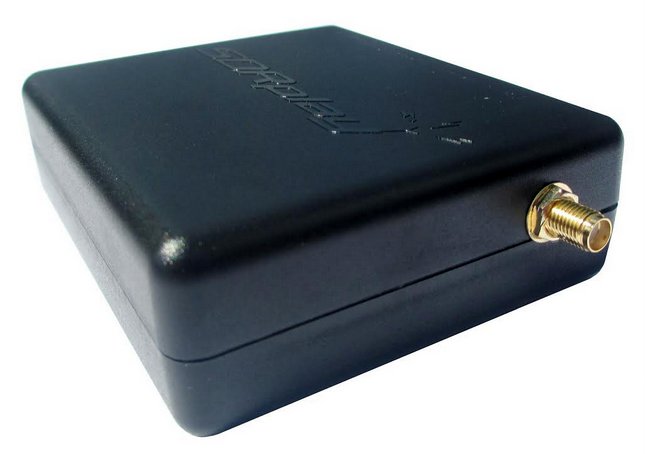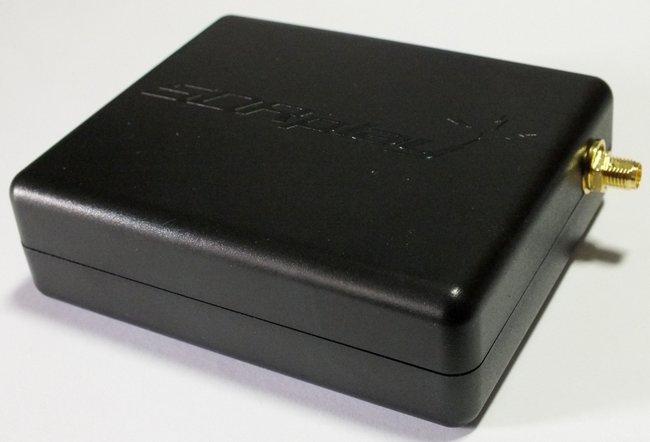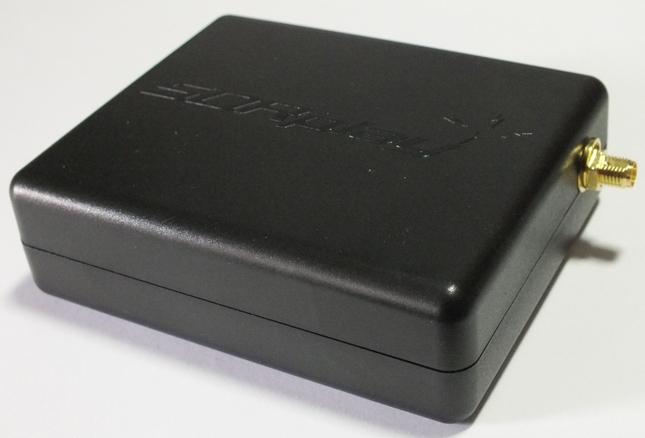 There’s a danger in doing radio reviews: sometimes, you get attached to the radio.
There’s a danger in doing radio reviews: sometimes, you get attached to the radio.
This was the case with the SDRplay RSP. SDRplay sent this radio to me on an extended loan and I’m grateful for the many months they’ve let me keep this in my shack and test drive it with various SDR applications.
My RSP review has been published in The Spectrum Monitor and now here on the SWLing Post. There was no need for me to keep it in the shack any longer, but as I reached for the return box, I simply couldn’t let the RSP go. Instead, I reached for my wallet, contacted SDRplay and paid for it.
I have no buyer’s remorse. The RSP is an amazing little SDR and so very affordable. At $149 US, it costs less than two of the latest portables I’ve purchased. As my review states, it packs maximum performance for its price class.
The RSP will become one of my travel SDRs since it’ll fit so easily in my radio go-bag. This will take a little pressure off of my Elad FDM-S2, which I like using in the shack and on extended vacations.
I can pack the SDRplay RSP with confidence when I’m doing one-bag, international travel, knowing that if it were to get lost or stolen, I’m only out $149. Plus, to a potential thief, the RSP box simply doesn’t look expensive.
When I have a little time, I plan to pair the SDRplay RSP with my Raspberry Pi. Of course, I’ll report on my progress.
Have any readers combined the Raspberry Pi and the RSP? If so, please comment!




